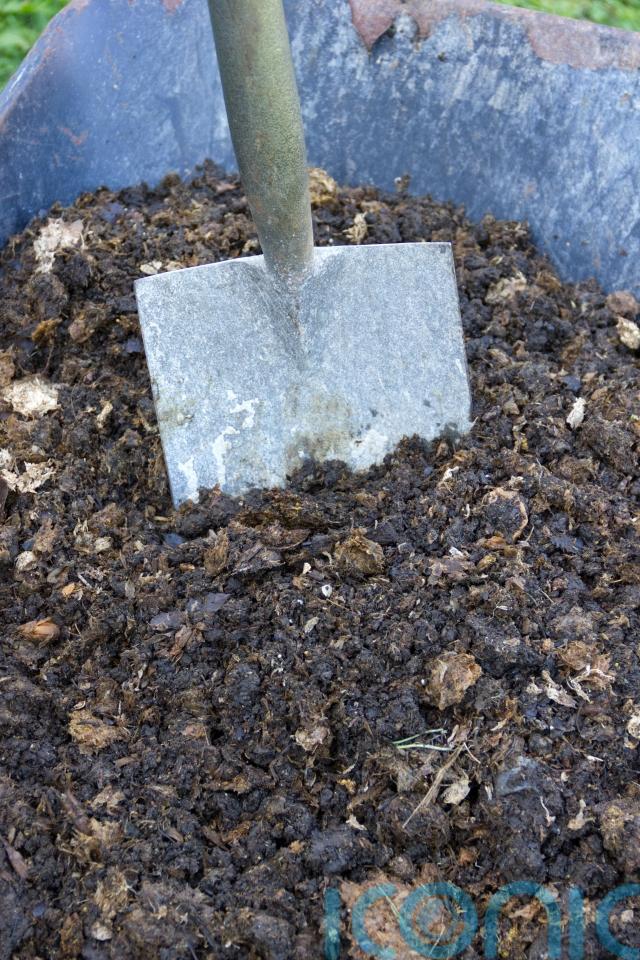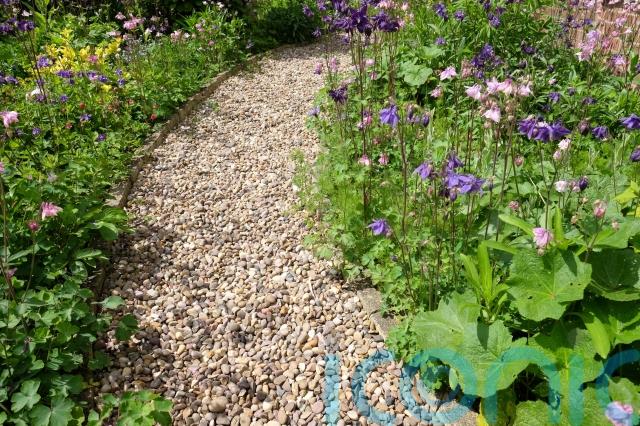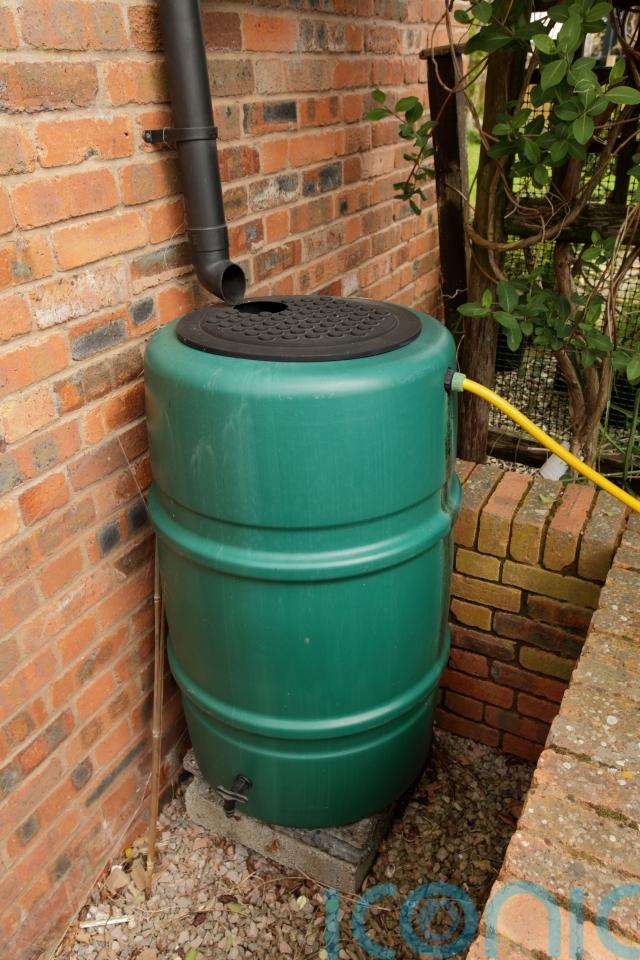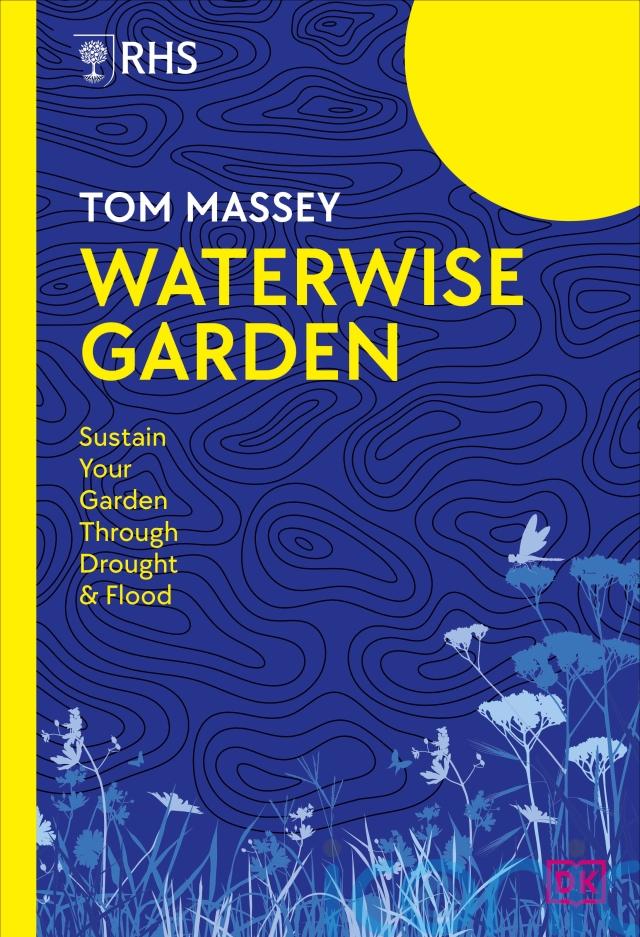
It may seem like a world away, given the long, hot summer and relatively dry September, but so often we are caught out when the rain comes, leaving gardens drowning in great puddles and prized plants struggling to come up for air.
Global reports of catastrophic weather such as devastating floods and crippling heatwaves can no long be ignored, Chelsea gold medal-winning designer Tom Massey warns in his new book, RHS Waterwise Garden.
But there are things you can do to both pre-empt the damage the downpours can cause in autumn and winter, and to minimise damage once the rain has come, says Massey, whose WaterAid Garden highlighting sustainable water management in a changing climate won him a gold medal at last year’s RHS Chelsea Flower Show.
1. Plant trees and shrubs that love water
“If there is an area of your garden that does regularly flood, choose plants that can draw up a lot of water from the soil, such as salix species (willow), alder (alnus) and betula (birch), which help soak up water and dry out heavy ground.
“Cornus (dogwood) are also a good choice as they bring striking winter colour while perennials like Siberian iris (Iris sibirica), astilbe and purple loosestrife (Lythrum salicaria) thrive in damp soils. Together they absorb excess rain, stabilise soil, and add year-round beauty.”
These plants will also survive submerged, he notes, and planting from October to the end of March is the ideal time.
“If the ground is very sodden (due to persistent torrential downpours) delay planting because you can damage the soil structure by trampling around and digging into it when it’s that wet,” he advises.
2. Improve soil health

“Add organic matter to increase infiltration and water storage. Healthy soil can act like a sponge and it reduces run-off too.
“If your soil isn’t heathy and it’s very compacted and very degraded, the water just runs off and that can create flooding in other parts of the garden.”
Improve your soil by adding organic matter regularly such as compost, leaf mould or well-rotted manure to enrich the soil, he suggests. Healthy soil will hold on to rain when it’s wet and slowly release it as things dry out.
“Even one bucket per square metre makes a difference. These materials also act as mulch, and you can top up with composted bark or garden compost a couple of times a year.
“There’s no need to dig it in – worms and microbes will do the work, pulling it into the soil. Mulching also prevents compaction, suppresses weeds, and reduces surface run-off.”
3. Use permeable surfaces

“If you are designing your garden from scratch, try to include lots of permeable surfaces.
“Big areas of paving with no permeability might lead to flooding locally on the paving, and water is just going to run straight off and might overwhelm other parts of the garden.”
Swap solid paving or concrete for gravel, permeable block or clay pavers, or reinforced grass/gravel grids (widely available in UK garden centres), he advises. “These surfaces let rain soak in rather than run off, reducing flash flooding and topping up groundwater.
“Or you can think about leaving gaps or channels between areas of paving for water to percolate into the soil. If you’ve already got big areas of paving, pull up a few pavers here and there to create pockets for planting.”
4. Disconnect your downpipes

“Often, flooding locally is caused by sewer systems becoming overwhelmed from all the stormwater going directly into the sewers and that’s where you see roads flooded and flooded drains.
“Disconnecting your downpipes which come from your roof and connecting them into a water butt or rain garden or a swale (a shallow channel designed to collect and slowly drain water) or soak-away, instead of allowing that water to go into the main sewer system, can be a really good way to help the local area be more flood resilient,” he maintains.
5. Dig a pond
If you have an area of the garden which is prone to flooding consider digging a pond, planting it up with bog plants and framing it with decorative rocks and aggregates, so that when it rains heavily it creates an interesting garden feature, he suggests.
“You’d need to think about overflow, too, but if you dig a big enough space you could actually have a really attractive seasonal pond that fills and empties.”
6. Lose your waterlogged lawn
If your lawn is in a part of your garden that is prone to flooding, you might want to have a rethink, says Massey.
“You’re fighting a losing battle because if you try to erase the flooding of a lawn by just poking holes in it with a garden fork, it’s very superficial and it’s a deeper problem,” he warns.
Instead, consider creating a rain garden, a shallow depression designed to hold water and then allow that to percolate into the soil, he suggests.
“Or you can have a bog garden, and by planting plants that like boggy conditions who will create a different kind of habitat that can be really interesting for the biodiversity. Just rethink that area instead of constantly fighting with a boggy lawn.”
Moisture-loving plants which are ideal for a bog garden include Iris pseudacorus (yellow flag iris), meadowsweet (Filipendula ulmaria), sedges (carex) and ferns.

RHS Waterwise Garden: Sustain Your Garden Through Drought & Flood by Tom Massey is published by DK, priced £22. Available now
Subscribe or register today to discover more from DonegalLive.ie
Buy the e-paper of the Donegal Democrat, Donegal People's Press, Donegal Post and Inish Times here for instant access to Donegal's premier news titles.
Keep up with the latest news from Donegal with our daily newsletter featuring the most important stories of the day delivered to your inbox every evening at 5pm.